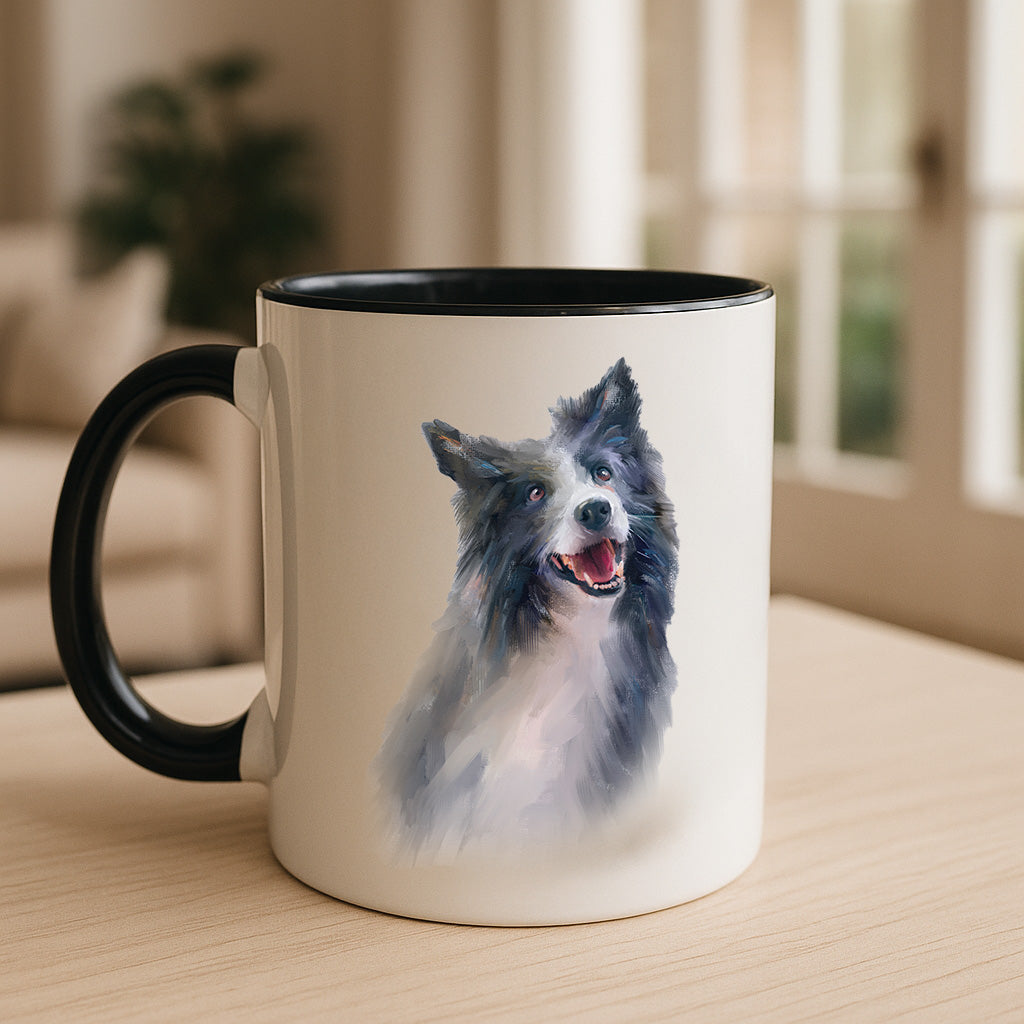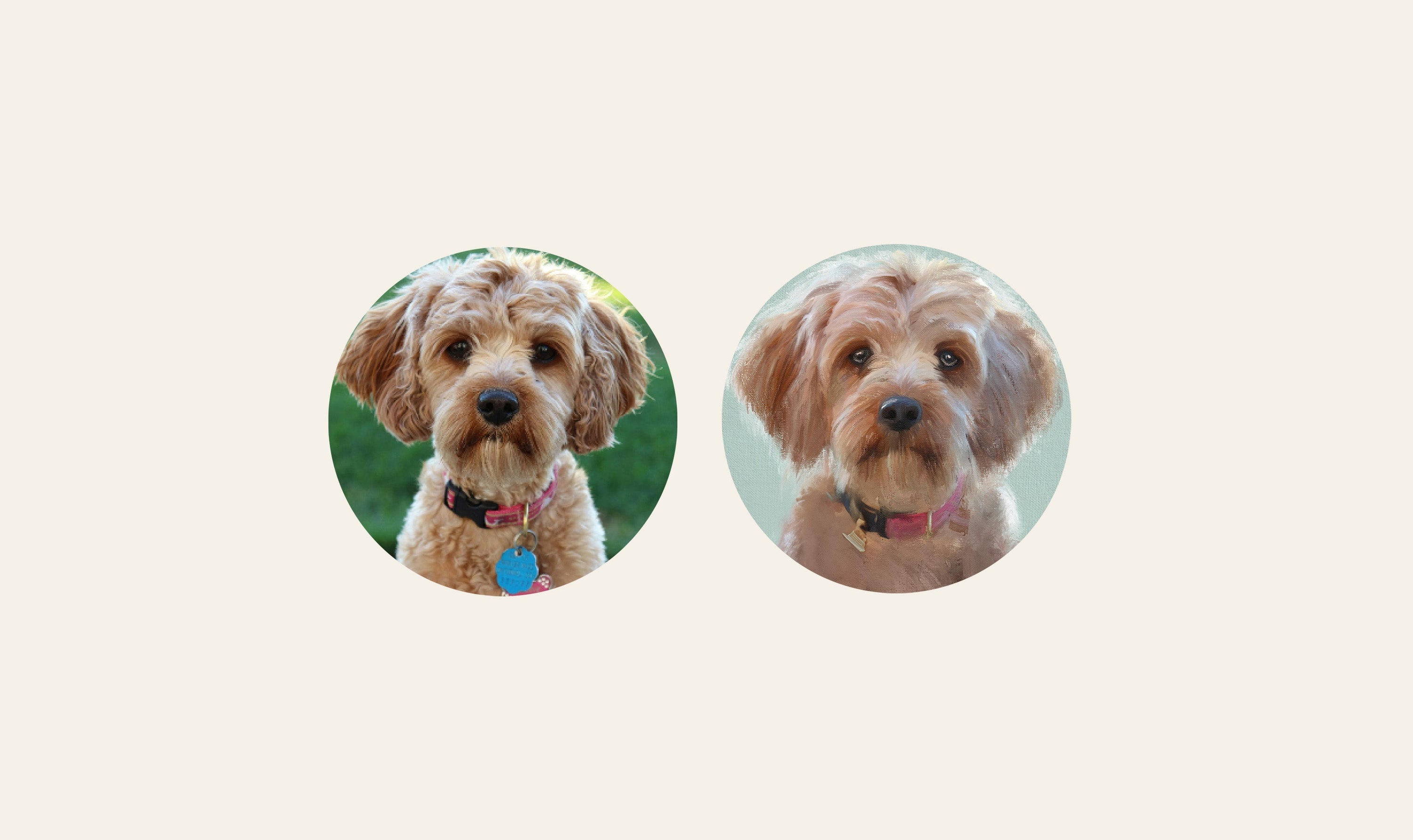
Master the Art of Painting Dog Portraits: Tips for Stunning Results
Master the Art of Painting Dog Portraits: Tips for Stunning Results
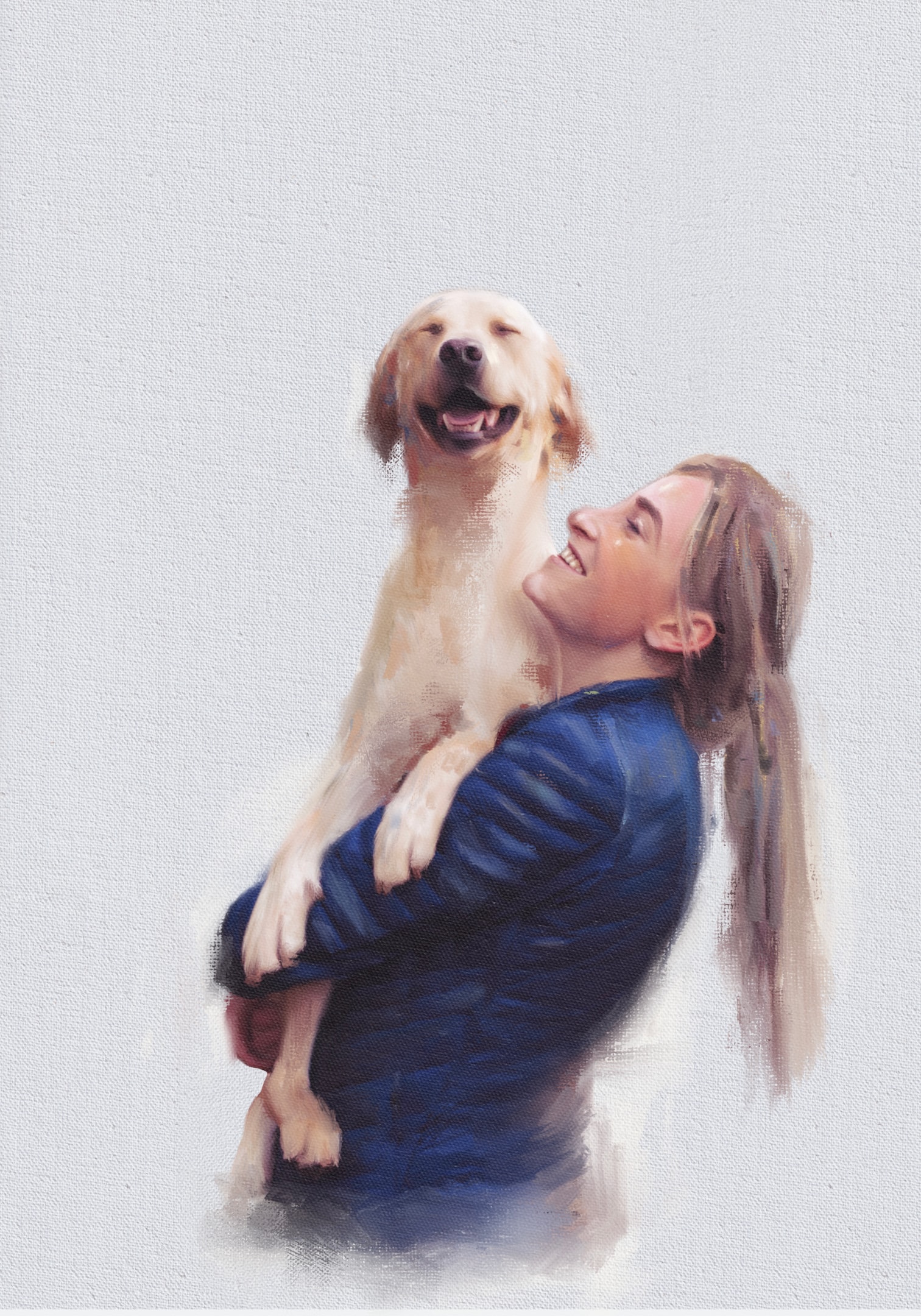
Introduction to Pet Portraits
Discover the joy of creating custom pet portraits that capture the personality and spirit of your best friend, whether it’s a dog, cat, or horse, with the utmost care and dedication. Learn the fundamentals of pet portraits and how to create stunning artwork that brings a sense of life and quality to your paintings by ensuring all features are connected to add depth and dimension. Explore the process of transforming photos into amazing pet portraits that reflect the individuality and character of your pet. For example, use mid-tone colors to connect various features and create a solid foundation for detailed fur depiction. Get started with creating your own pet portrait masterpiece, using acrylics, oil, or other mediums to bring your artwork to life.
Understanding Dog Portrait Fundamentals
Understand the importance of capturing the essence and personality of your dog in your portrait, using techniques such as blending and layering to create a sense of depth and dimension. When painting black dogs, it is crucial to mix various shades to achieve a realistic representation, taking into account light and reflections from the environment.
Learn how to build the artwork incrementally, starting with foundational layers and gradually adding details to enhance depth and realism in the final piece.
Continue to guide readers through the sequential process of painting a dog's features, ensuring that the artwork is built layer by layer while maintaining attention to detail and structure.
Painting dog portraits can be difficult due to the wide variety of shapes, sizes, textures, and color schemes. Breaking down the process can help overcome these challenges.
Discover specific tips for painting different breeds of dogs, including brown, white, black, yellow, and cream dogs, to accurately portray their unique fur characteristics.
Emphasize the importance of painting the eyes in dog portraits, as they are crucial for conveying expression and character.
Highlight the important elements, such as the angle of reference photos and the eyes in a portrait, that are crucial in achieving realistic and effective pet artworks.
Learn how to choose the right reference photo and how to use it to create an accurate and detailed dog portrait.
Emphasize the use of various tones when painting dog fur, highlighting the significance of mid-tones for blending and building depth.
Discuss the nuances involved in painting white dogs, emphasizing the importance of reflecting environmental colors in their fur to achieve realism.
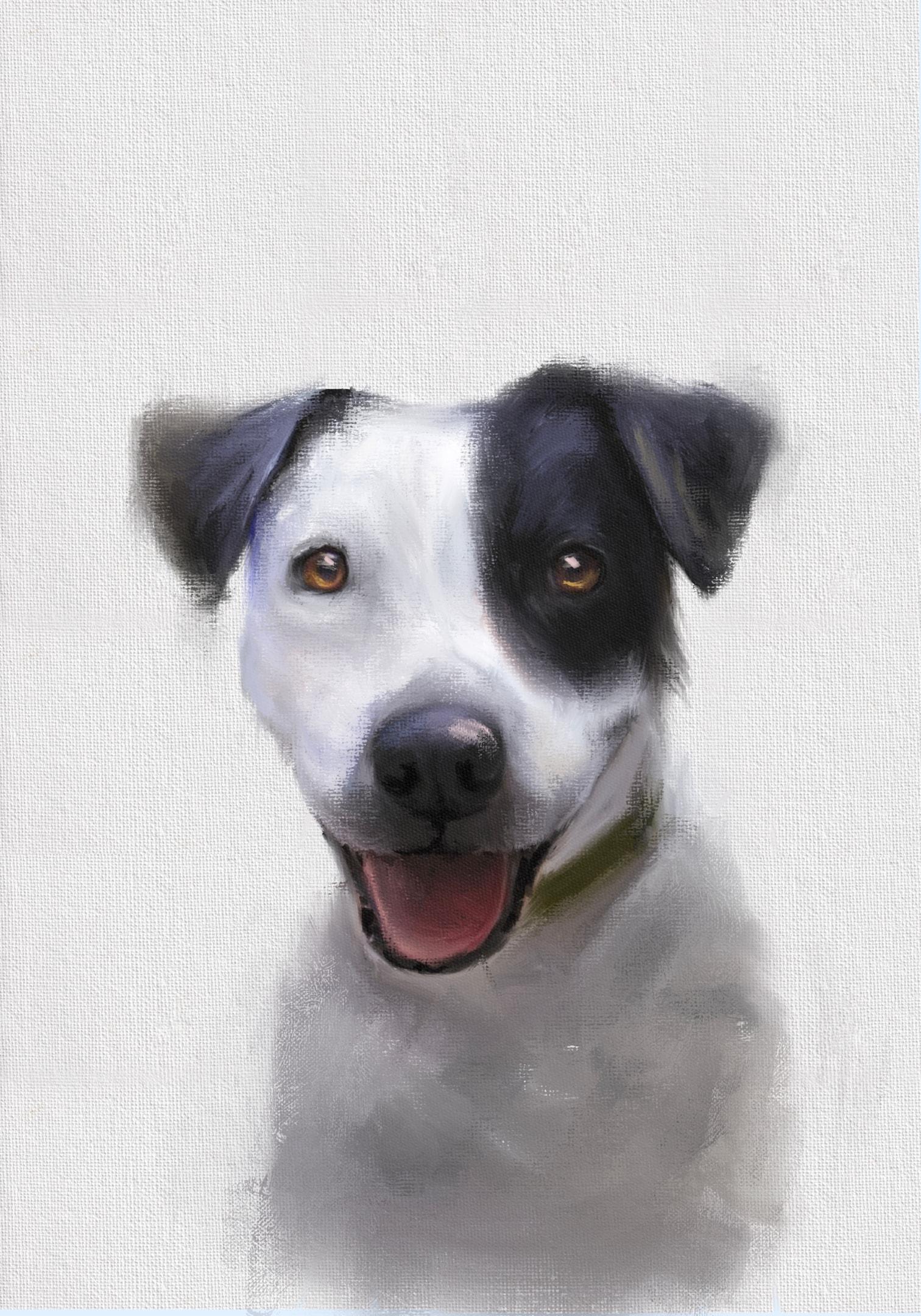
Creating Custom Pet Portraits
Custom pet portraits are a unique way to capture the personality and spirit of a beloved dog or cat, making them a wonderful addition to any home. These portraits are not just paintings; they are heartfelt tributes to our furry friends, celebrating the joy and love they bring into our lives.
The process of creating a custom pet portrait involves several layers, starting with a detailed sketch of the pet’s features, including their nose, eyes, and fur. This initial sketch lays the foundation for the portrait, ensuring that the proportions and key features are accurately captured.
To create a realistic dog portrait, it’s essential to pay attention to the individual strands of hair and the way they interact with the surrounding environment. This level of detail brings the portrait to life, making it feel as though the pet could step right off the canvas.
A custom pet portrait can be created using various mediums, including oil, acrylics, and watercolor, each with its unique characteristics and advantages. Oil paints offer rich, vibrant colors and a smooth blending capability, while acrylics dry quickly and are versatile. Watercolors, on the other hand, provide a delicate, translucent quality that can beautifully capture the softness of a pet’s fur.
When painting a pet portrait, it’s crucial to capture the pet’s expression and personality. This can be achieved by studying photos and videos of the pet and incorporating feedback from the pet’s owner. Understanding the pet’s unique quirks and expressions helps to create a portrait that truly reflects their character.
The second layer of a pet portrait is where the details start to come alive. This is the stage where the artist can add more depth and dimension to the painting, making it a truly amazing piece of artwork. By building up layers of paint, the artist can create a sense of texture and realism that brings the portrait to life.
Custom pet portraits make a great way to commemorate the life and friendship of a beloved pet, serving as a reminder of the joy and love they brought to our lives. These portraits are more than just decorations; they are cherished keepsakes that hold a special place in our hearts.
The quality of a custom pet portrait depends on the artist’s skill and attention to detail, as well as the quality of the reference photos and the materials used. High-quality materials and clear, detailed reference photos are essential for creating a portrait that accurately captures the pet’s likeness.
When choosing a custom pet portrait artist, it’s essential to consider their style, experience, and reviews from previous clients to ensure that you find the right fit for your needs. Look for an artist whose style resonates with you and who has a proven track record of creating beautiful, lifelike pet portraits.
A custom pet portrait is a thoughtful and personalized gift for any pet owner, allowing them to cherish the memory of their furry friend and showcase their love and appreciation for their pet. Whether it’s for a birthday, holiday, or just because, a custom pet portrait is a gift that will be treasured for years to come.
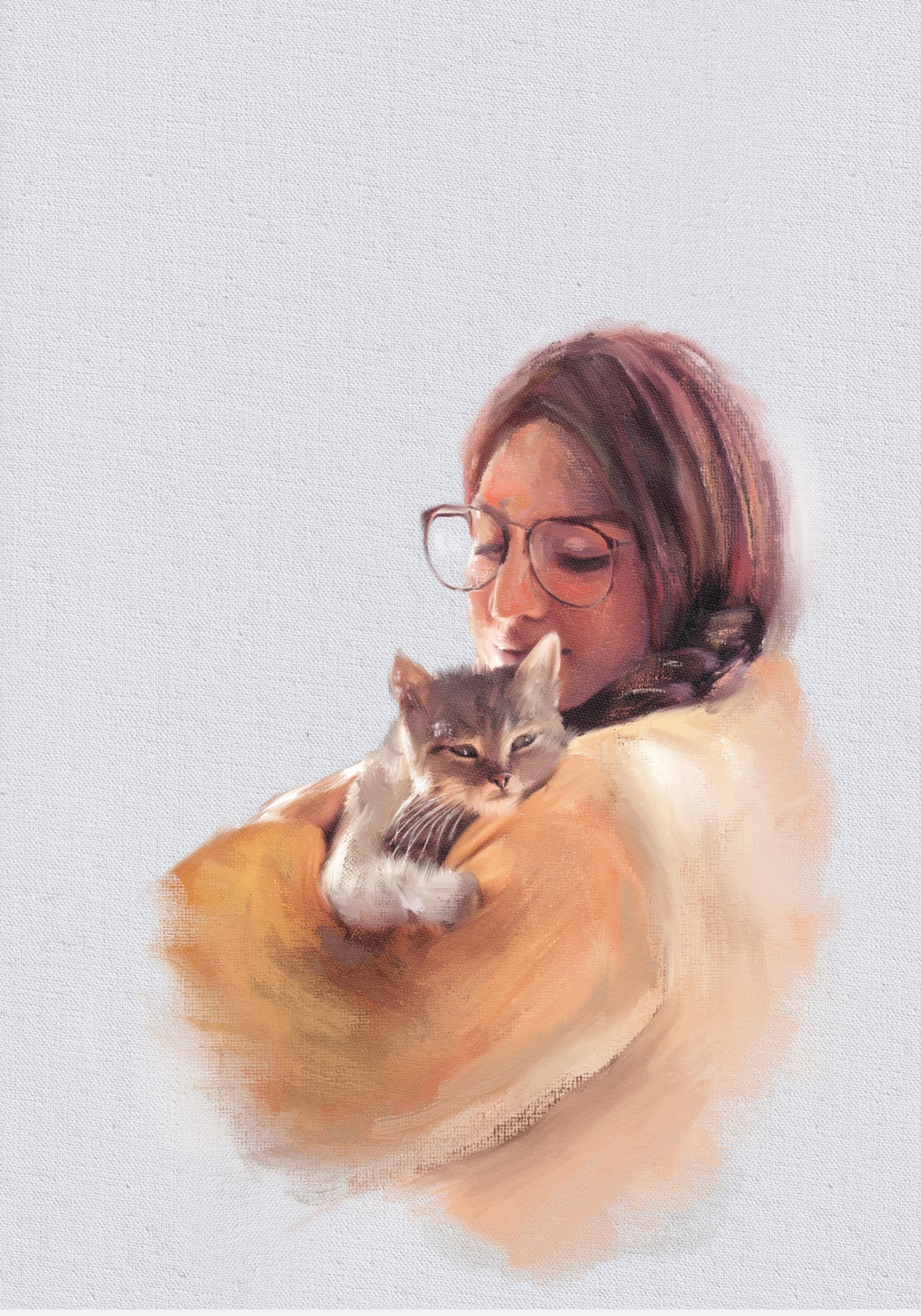
Painting Realistic Fur and Features with a Second Layer
Learn how to paint realistic fur and features, including individual strands of hair and the texture of the dog’s coat, using a second layer to add more detail and depth. For example, reflect colors from the environment in the dog's coat to enhance realism.
Discover the important subtleties of tone and color in your dog’s fur, and how to use layering and blending to achieve a realistic effect.
Get tips on how to paint the eyes, nose, and mouth of your dog, and how to capture their expression and personality in your portrait by using various tones to add depth and dimension.
Explore the use of different brushes and techniques to create texture and detail in your dog portrait, including the use of oil and acrylics, to engage the viewer and create a personal connection with the artwork.

Finalizing Your Pet Portrait Masterpiece
Learn how to add the final touches to your pet portrait masterpiece with care, including the use of layering and blending to create a sense of depth and dimension.
Discover the importance of paying attention to detail and how to use techniques such as glazing and scumbling to keep various features connected in your painting.
Continue to get tips on how to varnish and protect your finished portrait, and how to display it in a way that showcases your artwork.
For example, using glazing and scumbling can add texture and interest to your painting.
It is important to explore the joy of sharing your finished pet portrait with friends and family, and how to use social media platforms like Instagram to showcase your artistry and connect with other pet portrait artists.
Leave comments or share your thoughts about the painting process to engage with the community.
Selecting the perfect background and artistic style is crucial for capturing the unique charm and personality of your pet.
Make sure you are ready before starting a painting exercise to ensure you are properly equipped and mentally prepared.
Remember to focus on aspects of the pet's features, such as the fur, during the painting process.
The rest of the artwork depends on the foundational layers, so ensure they are well-executed.
Customer satisfaction is important, so consider feedback to improve your work.
Share your own pet portraits or experiences to foster a sense of connection and shared passion.
High-quality reference photos are essential for the success of your pet portraits.
The viewer's first impression is influenced by the accuracy and expressiveness of features, inviting them to feel a personal connection with the artwork.

